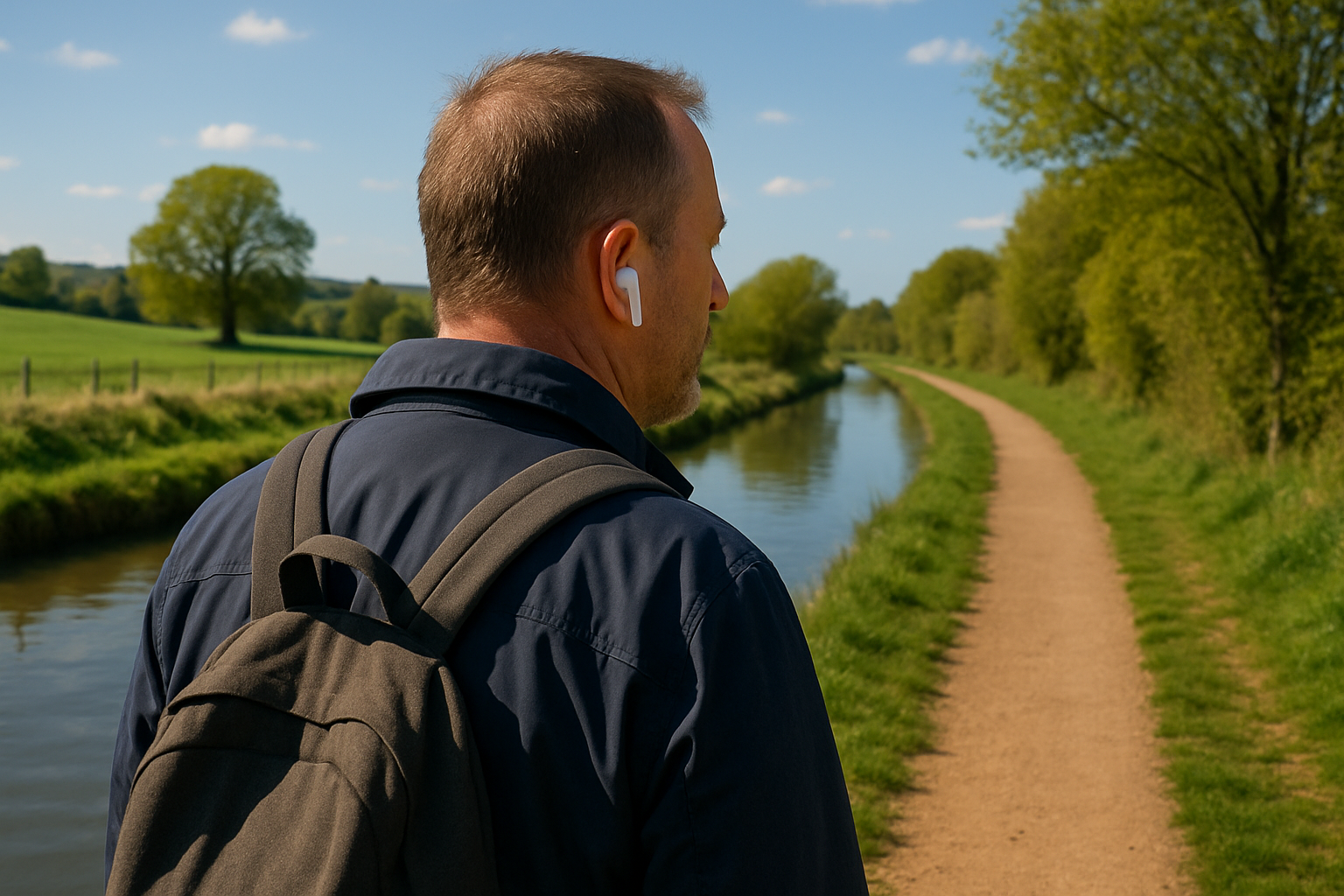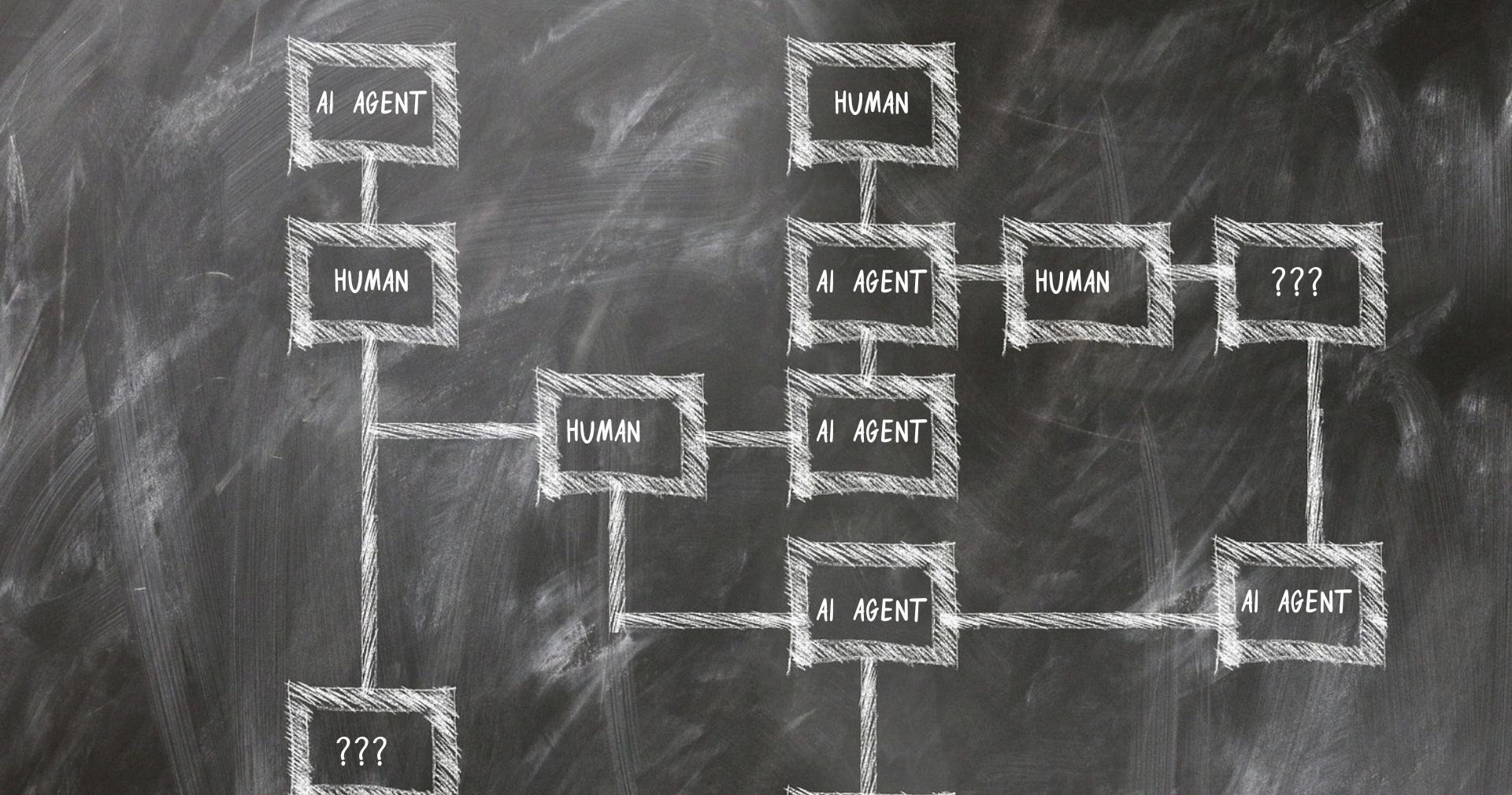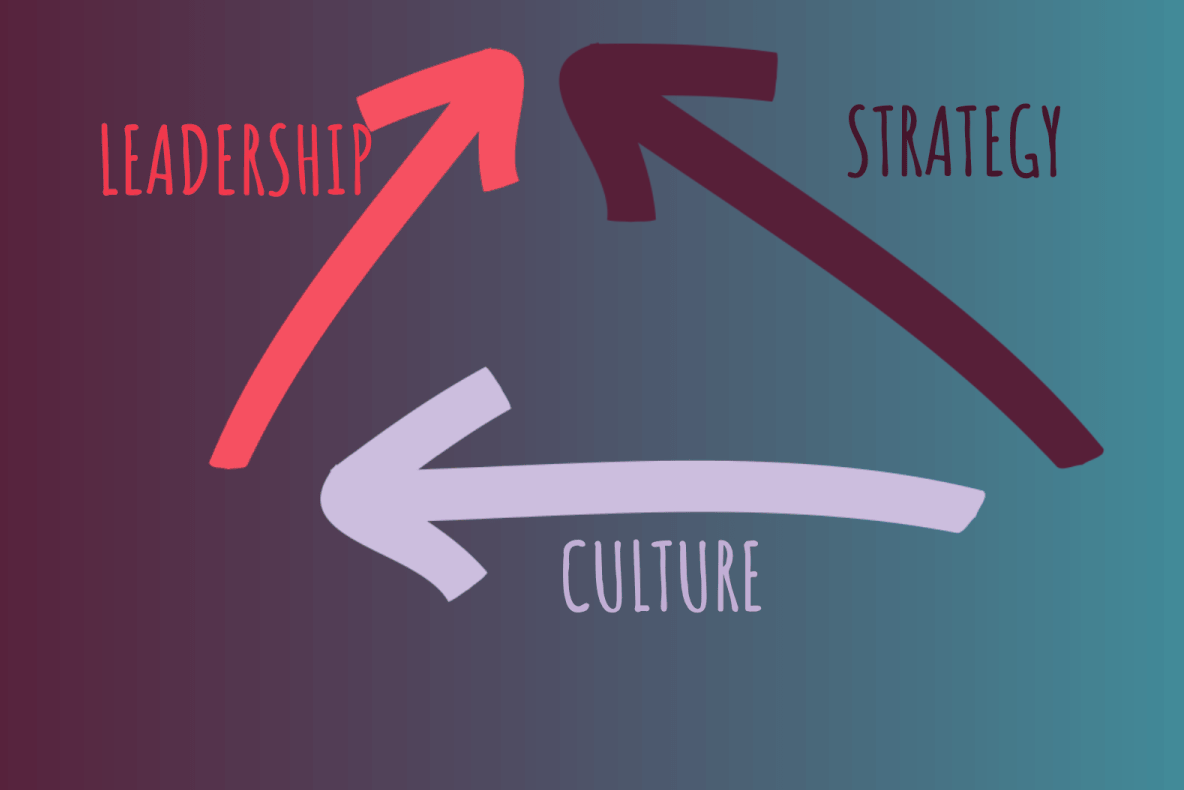Mexican Waves of Change

Imagine the following seemingly impossible challenge: an organisation of 60,000 people, with no hierarchy, leadership, authority figures or plan, acting in a coordinated, synchronised manner, with large amounts of collaboration and adaptability, without any instructions in any form being issued at all. To make it worse, very few of the people involved know each other, many speak different languages, they come from diverse backgrounds and there is a very wide range of ages and physical abilities. Tough to imagine achieving it isn’t it? But while I was watching a sporting event last week (the St Louis Cardinals were playing the Chicago Cubs at baseball) this is exactly what happened in the form of a Mexican Wave which broke out at various points around the stadium and seemed to flow effortlessly around the crowd, transferring seamlessly between seating sections, moving in harmony between upper and lower tiers and hopping gangways with ease. It made me think about the way we might set about organising this task if we were asked to do so. I would instinctively want to create plans, a budget, a selection process, structure, briefing sessions, training etc. All the things I often associate with change and organisational life.
The Mexican Wave demonstrated to me that there is something innately possible in groups that we often suppress or obstruct through the very things we believe will allow effective action. The desire to control, rather than encourage or harness what might naturally happen, is strong! A different mindset and approach that comes from complexity science, a school of thought which reflects the world as it is rather than what we would like it to be, (I will write more about complexity science in a later blog) is a richer way of seeing things.
It is striking how often I hear people lament that their organisation is adept at coping in a crisis but how slow and rigid things are in ‘normal’ times. There is a longing for the mindsets and behaviours which are adopted naturally during a crisis – such as faster decision making, more direct conversations, a willingness to quickly adapt and learn, a tolerance for mistakes – to be harnessed all of the time. What is it about a crisis that allows this? Certainly there is often more focus around a single objective, the fog of competing priorities if often lifted and this alone has a significant impact. But I also think our mindsets about complexity, although not expressed in those terms, has an equally important part to play. There is a much greater level of acceptance for the need to self-organise (in the same way the crowd performing the Mexican Wave self-organised) and the bureaucracy of traditional hierarchical power is temporarily pushed aside – there often isn’t the time for it or the means to control things.
We know in a crisis we are treading novel ground and we trust an ability to improvise (or make it up as we go along); there are no obvious answers, only tough dilemmas. In a crisis it is less clear what ‘good’ looks like; it’s usually a matter of noticing whether an action makes things better or worse and adapting accordingly. In reality, we improvise our way through every situation, crises simply remove the pretence that life can ever be any different from this. We know we can never predict exactly what will happen, denying ourselves this or believing it can be avoided, simply causes us to act in ways that are not helpful.
In a crisis there is a tacit acknowledgement that ‘self-organising’ is essential and more latitude is given (usually quickly and informally) to enable this. Sometimes this is explicit, take for example the statement by the CEO of Walmart in the immediate aftermath of Hurricane Katrina, the storm which destroyed much of the infrastructure in huge swathes of New Orleans. He made it clear to all employees in the locality they were empowered to do what they felt it was right to do at the time and he would back them unreservedly with any action they took; acting in an unequivocal way to make the conditions for experimentation and improvisation safe. Walmart were able to assist the local community much more effectively than many of the government agencies, which were hidebound by process, control and quite possibly the fear of being criticised (which they received in any case because their response was so slow).
The capacity for self-organising was demonstrated in abundance during the pandemic. Traditional command-and-control structures and processes were rapidly diminished yet organisations adapted at great speed to the evolving demands of working from home and the many other challenges faced. There was no overall master plan yet organisations, by and large, managed to provide the services they had been providing prior to the pandemic through lots of adjustments to working patterns, relationships and processes agreed at a local level at speed and which amounted to something large and relatively stable, rather like the Mexican Wave.
It’s no surprise then that this seems to be the philosophy in the military where as much autonomy is given to local units and the role of the centre is to support what they need rather than tell them what to do. Relinquishing control to those closest to the day-to-day operations, who are in a much better position to assess the situation and make decisions, makes logical sense but challenges many traditional views of heroic leaders who think their role is to know what to do and issue commands to obedient followers.
During a crisis we are much more likely to reduce our attachment to ‘the way things should be’ and are much more willing to accept and adjust to ‘the way things are’. The pomp, circumstance and trappings of organisational life are a luxury which cannot be afforded during crises and when stripped bare it’s surprising how an entirely new capacity for change can emerge. It’s also noticeable how quickly we forget this when the opportunity for business-as-usual returns.










